Ferrari has opened a new exhibition called "Ferrari Supercar. Technology. Design. Myth." at its Maranello museum.
The exhibition, which was opened by Ferrari Chairman Luca di Montezemolo on 8 March, stars the new LaFerrari and celebrates the limited-edition models that preceded it.
Road-going models include the classic 250 GTO, the 288 GTO, the F40, F50 and Enzo.
Track and competition-oriented cars are on show too, including F1 racers, the FXX, 599XX, F40 Competizione and the GTO Evoluzione.
A large portion of the display is also devoted to the history and development of the new LaFerrari, which was revealed at the Geneva motor show.
The exhibition runs until 30 September and tickets, as well as guided tours, can be booked online.
Limited-edition Ferrari specials at the exhibition include:
250 GTO
The 250 GTO is probably the most famous Ferrari. With a 3.0-litre 296bhp V12 engine, a five-speed transmission and a dry weight of 880kg, it proved ferociously capable on both road and track.
It won the GT Manufacturers' International Championship three years in a row. Only 36 were produced – between 1962 and 1964 – but all remain in existence.
Today, a 250 GTO is worth in the region of £13.4million.
288 GTO
The 288 GTO was Ferrari's attempt at a Group B racer, based on the 308 GTB. The project began in 1983 but had become a road car upon its unveiling in 1984, as Group B has been abandoned by the FIA.
Powered by a 400bhp, 2.8-litre twin-turbo V8, the 288 GTO was capable of 190mph. Ferrari made 272.
F40
Perhaps the most iconic of Ferrari's supercars, the F40 was launched in 1987 to mark forty years of Ferrari road cars. Its chassis was steel, but the body included composites and Kevlar. Combined with minimal equipment, that meant the F40 weighed just 1100kg dry.
It was powered by a development of the 288 GTO's engine, with capacity increased to 2.9 litres and power rising to 478bhp. The F40's uncompromising nature made it hugely covetable; so much so that Ferrari made 1315 after an initial planned production run of just 400.
Today, F40 values are rising, with good cars starting around £350,000.
F50
Following the F40 as the firm's flagship hypercar, the F50 celebrated the 50th anniversary of Ferrari. It brought contemporary F1 technology to the road in the form of its carbonfibre bodyshell and a highly strung V12, which was integrated with the chassis.
That V12 was a 4.7-litre unit that revved to nearly 9000rpm and produced 512bhp and 347lb ft. Ferrari claimed a top speed of 202mph, passing 62mph in 3.8sec.
Today, the F50 is much rarer than its F40 predecessor – just 349 were made.
Enzo
The first Ferrari hypercar of the 21st century, the Enzo was far more technologically advanced than those that preceded it. The styling was inspired by F1 racers, a paddleshift-operated manual was the only transmission option and the Enzo also saw the introduction of the manettino dial on the steering wheel. This is now a feature on all Ferrari road cars.
Again the Ferrari flagship was powered by a V12 engine which, in the Enzo, was six litres in capacity and capable of producing 650bhp and 484lb ft. A dry weight of 1255kg ensured ferocious acceleration; 0-62mph was blitzed in 3.6sec and Ferrari claimed a top speed of "over 217mph".
599XX Evo
The 599XX Evo marked a return to track-focused, front-engined V12s like the 250 GTO. The Evo is in fact so hardcore that it isn't legal for road use. Customers can only unleash its 730bhp V12 on the track.
Ferrari claims its 47:53 front:rear weight distribution gave the 599XX Evo perfect balance, a point borne out when it claimed a lap record on the Nürburgring Nordschleife.
GTO Evoluzione
Built as a reaction to the commerical success of the 288 GTO, Ferrari intended to race the GTO Evoluzione. However, the five cars produced never hit the track in anger and the Evoluzione remained a development car, influencing the F40.
The Evoluzione produced 650bhp and would hit a top speed of 225mph.
F40 Competizione
The F40 Competizione was built following a request from French team Michelotto to race the car at Le Mans. In fact, the first two cars built in 1989 were F40 LMs, with increased power, modified suspension and improved aerodynamics.
Following increased customer demand, the LM tag was deemed too restrictive and it became the F40 Competizione. Around ten were produced in total.
FXX
The FXX represents a racing evolution of the Enzo, albeit one that doesn't officially compete. The 30 cars produced were allocated to special Ferrari customers who can use the car only during dedicated Ferrari track events.
As befits its extreme status, the FXX boasts some astonishing statistics; its dry weight of 1155kg is just 55kg up on the F40 and yet the FXX produces 789bhp from its 6262cc V12. That's a specific output of 127bhp per litre.
The FXX also featured adjustable aerodynamics that could be tailored to a specifiic circuit.
Richard Bergmann

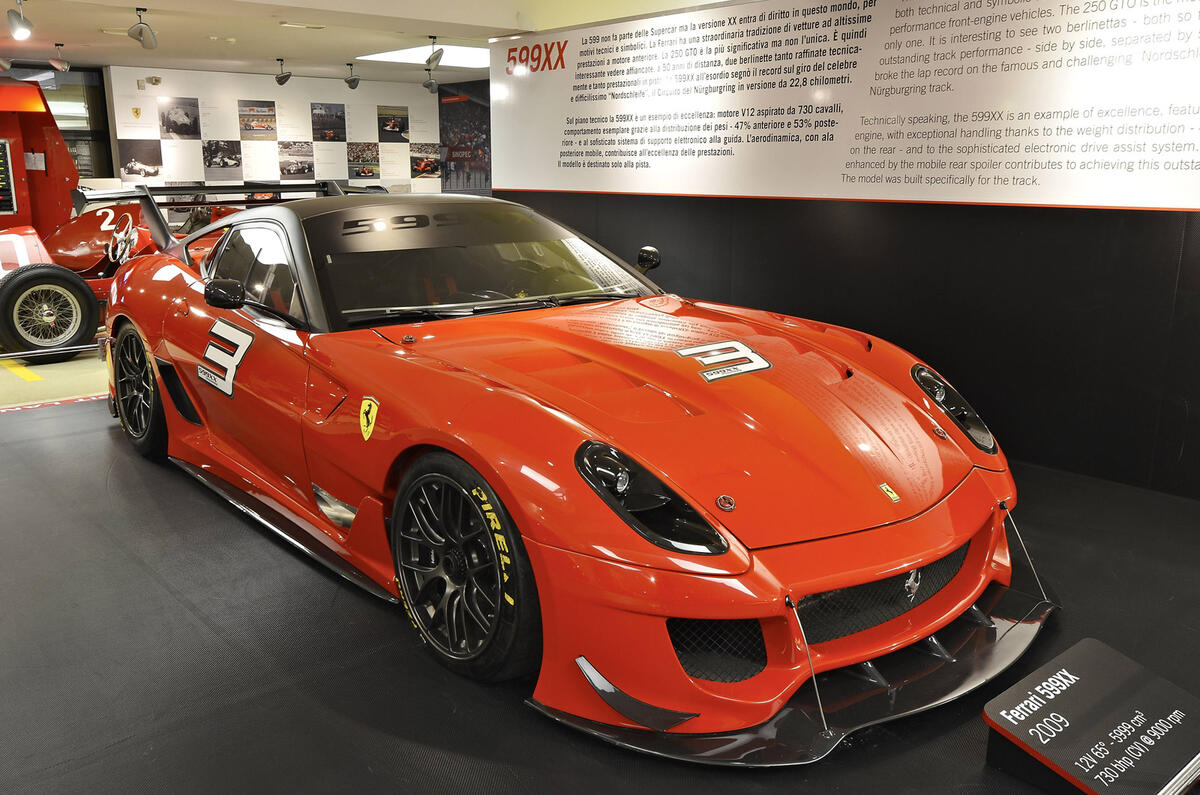
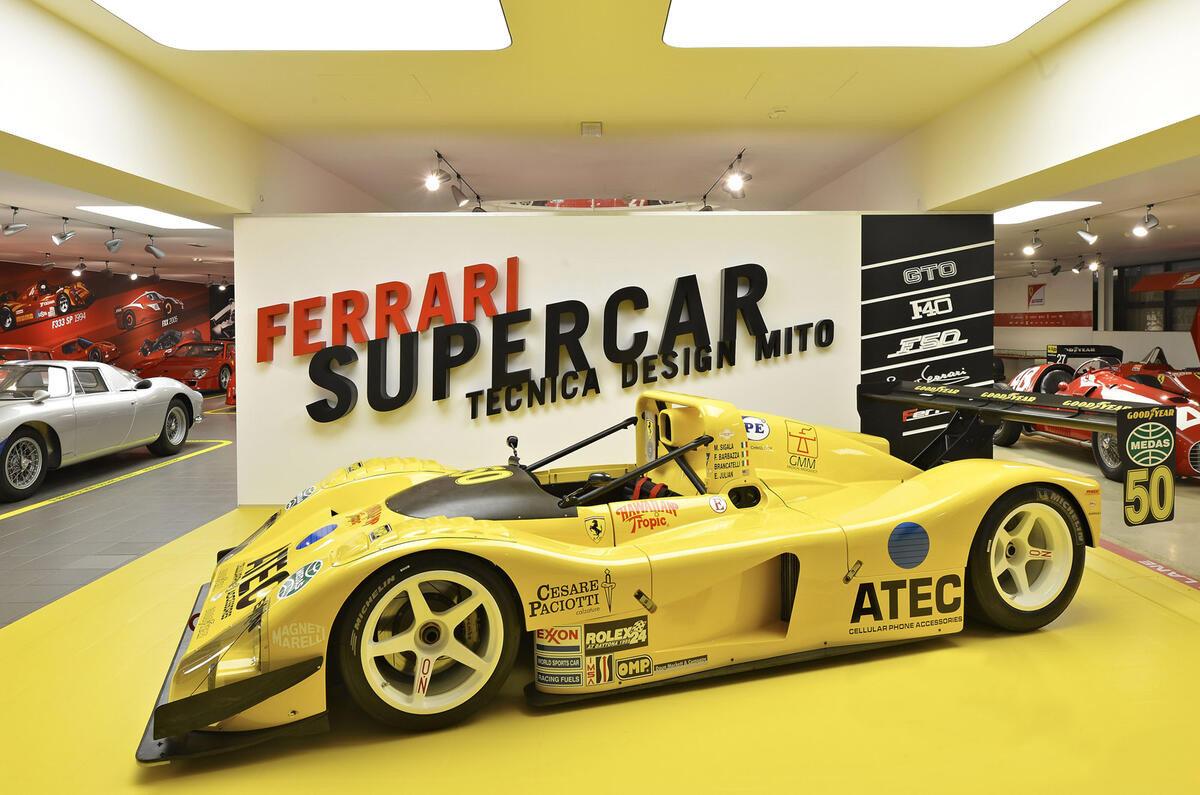
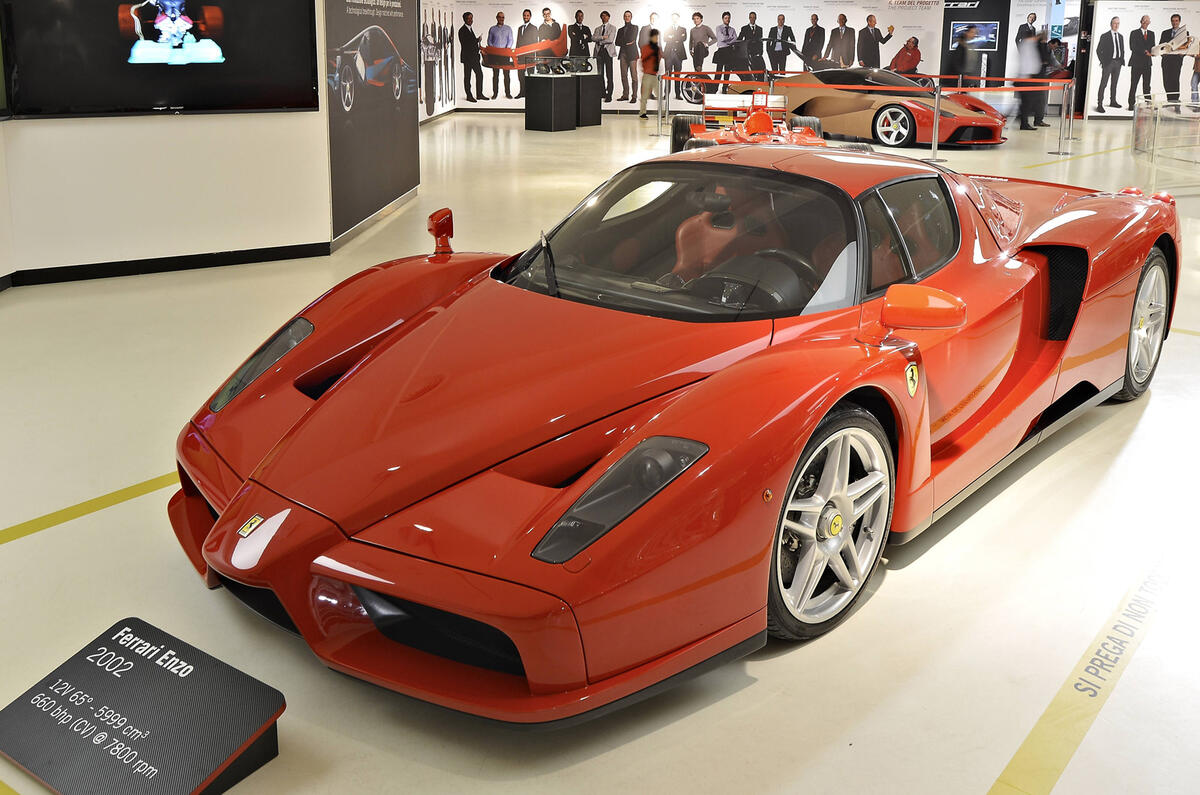
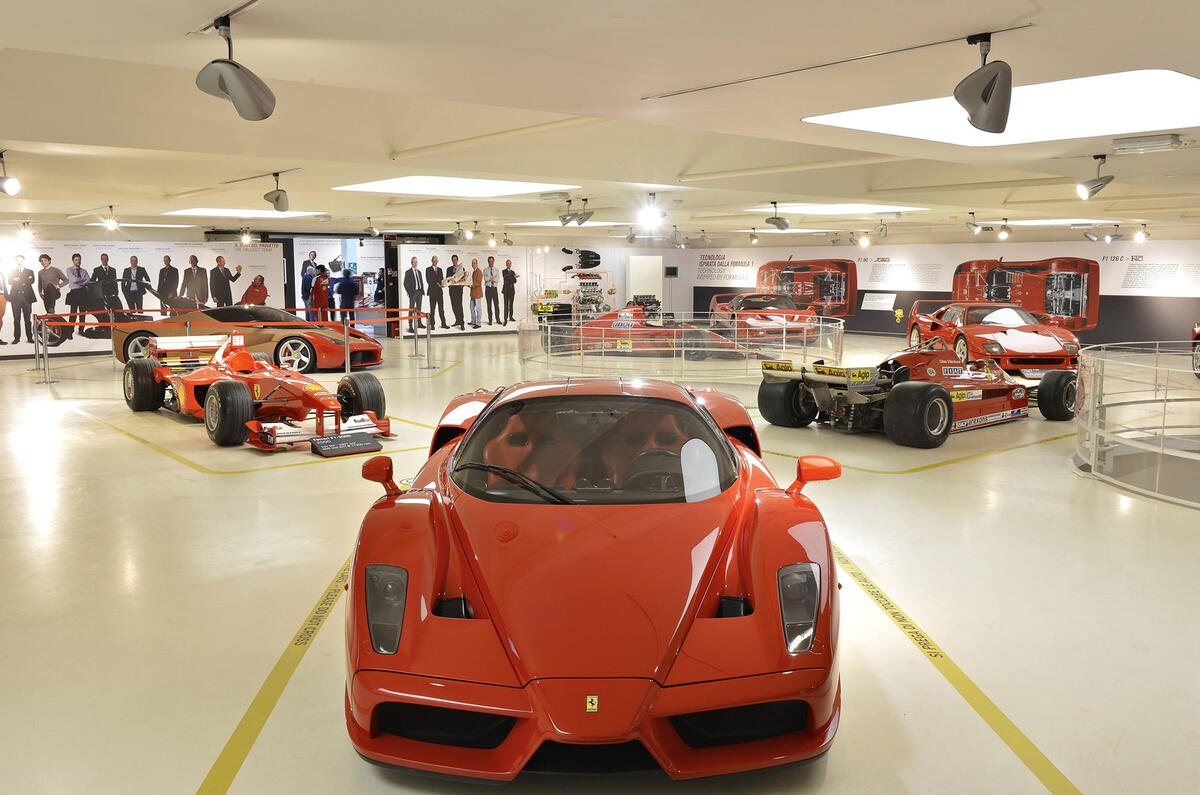

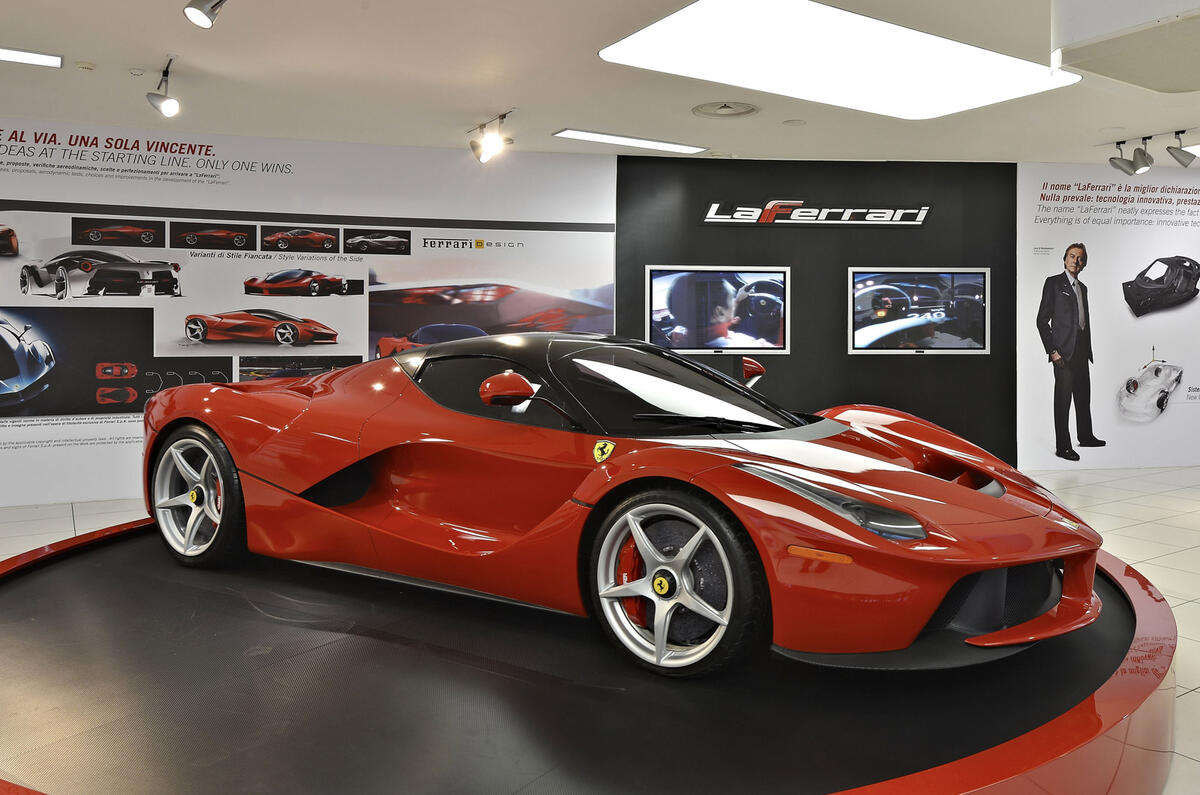
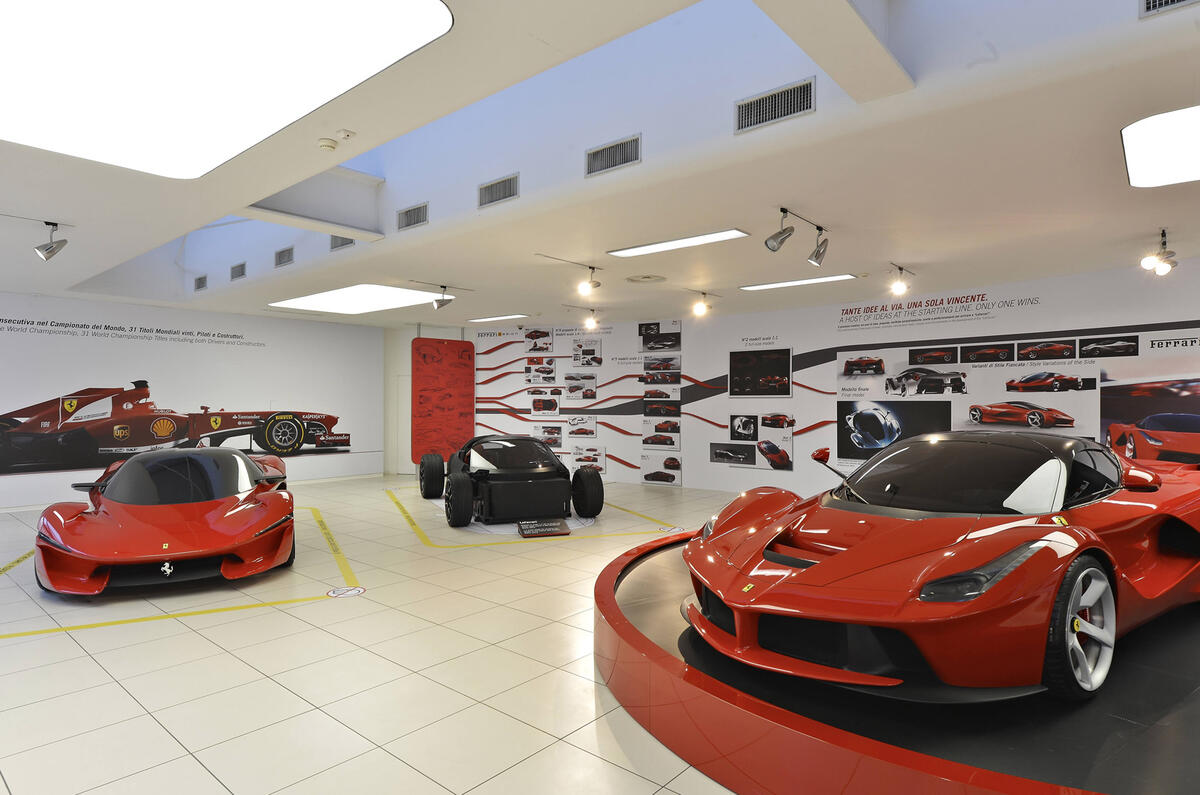
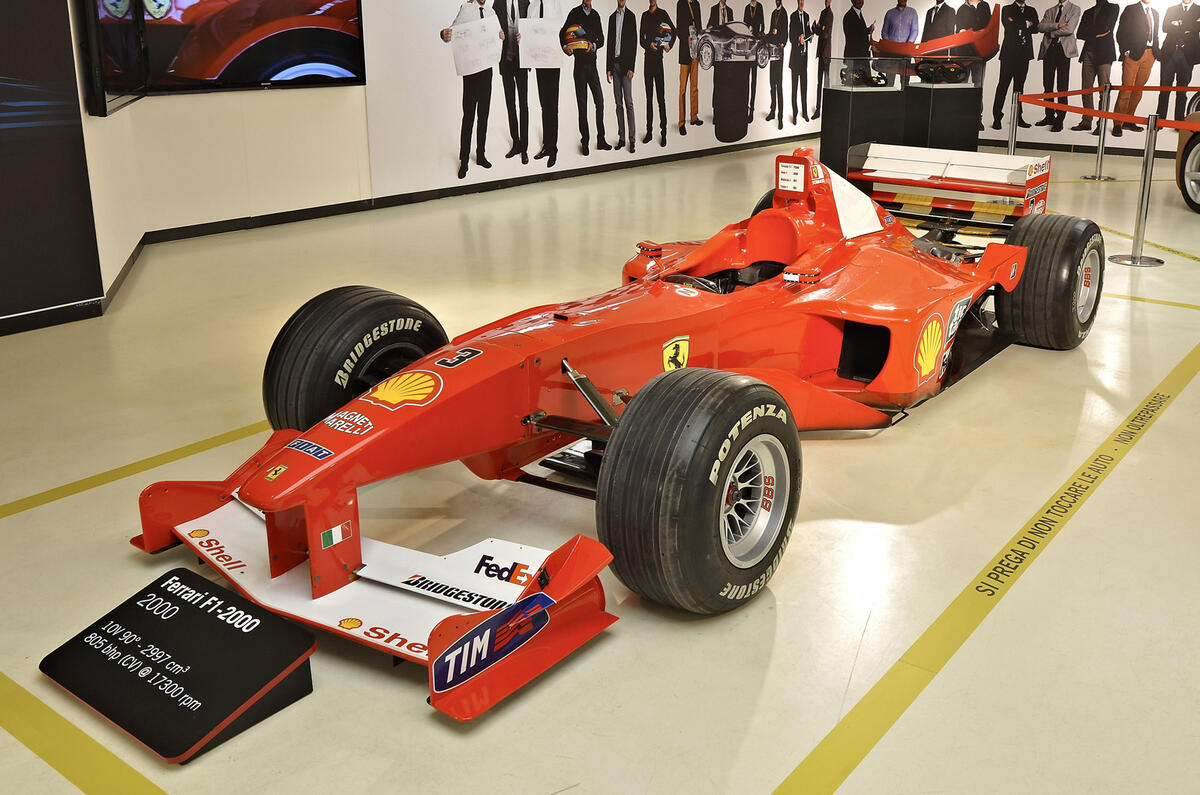
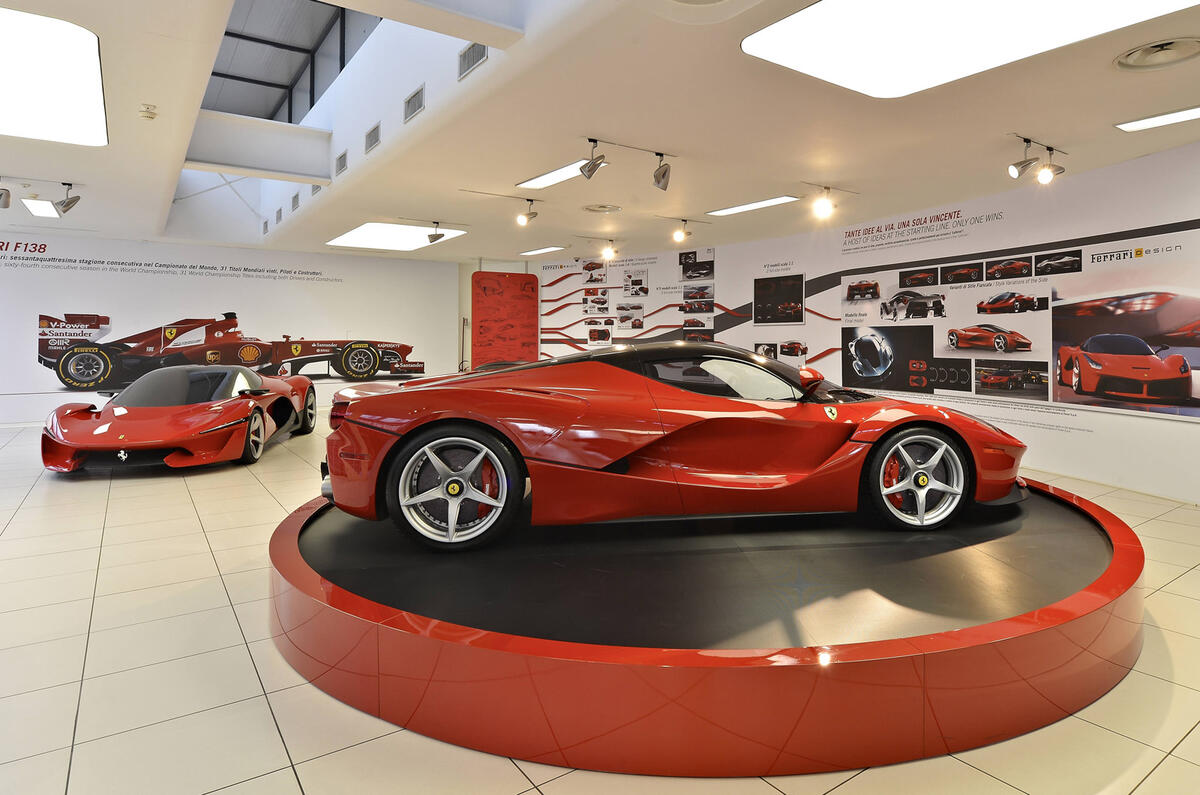
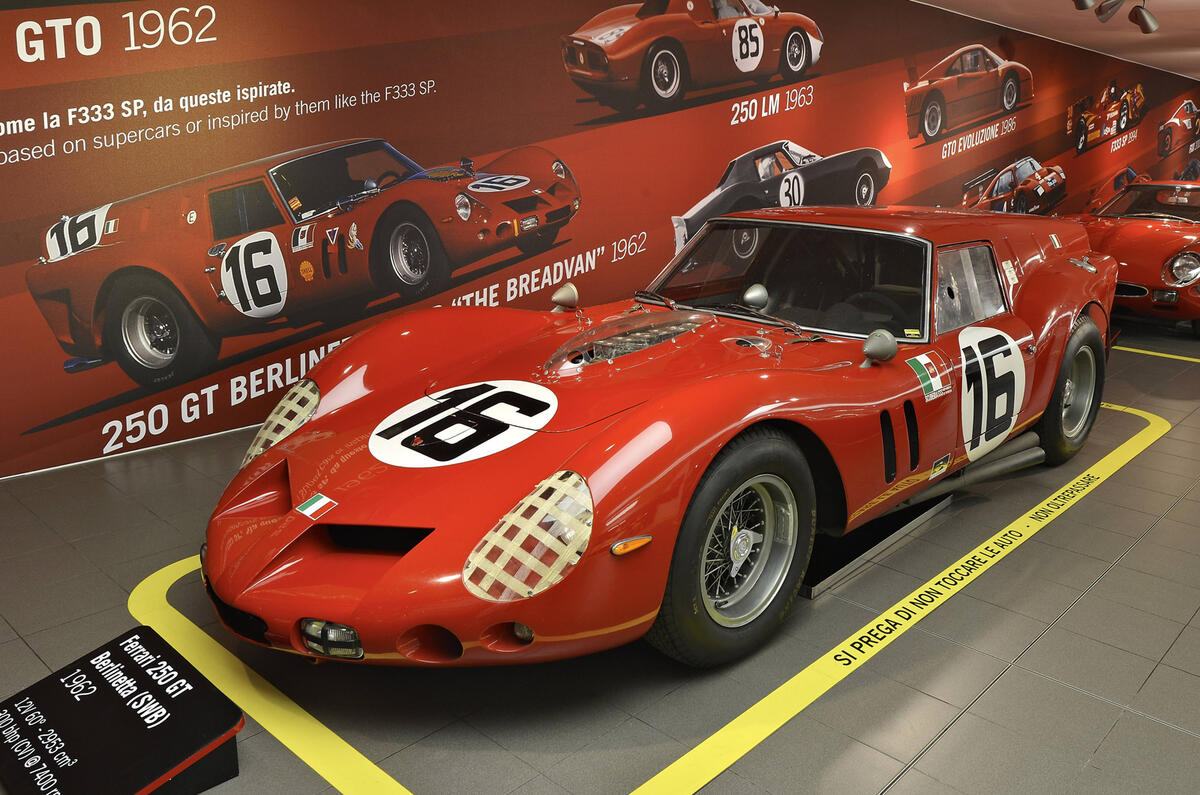
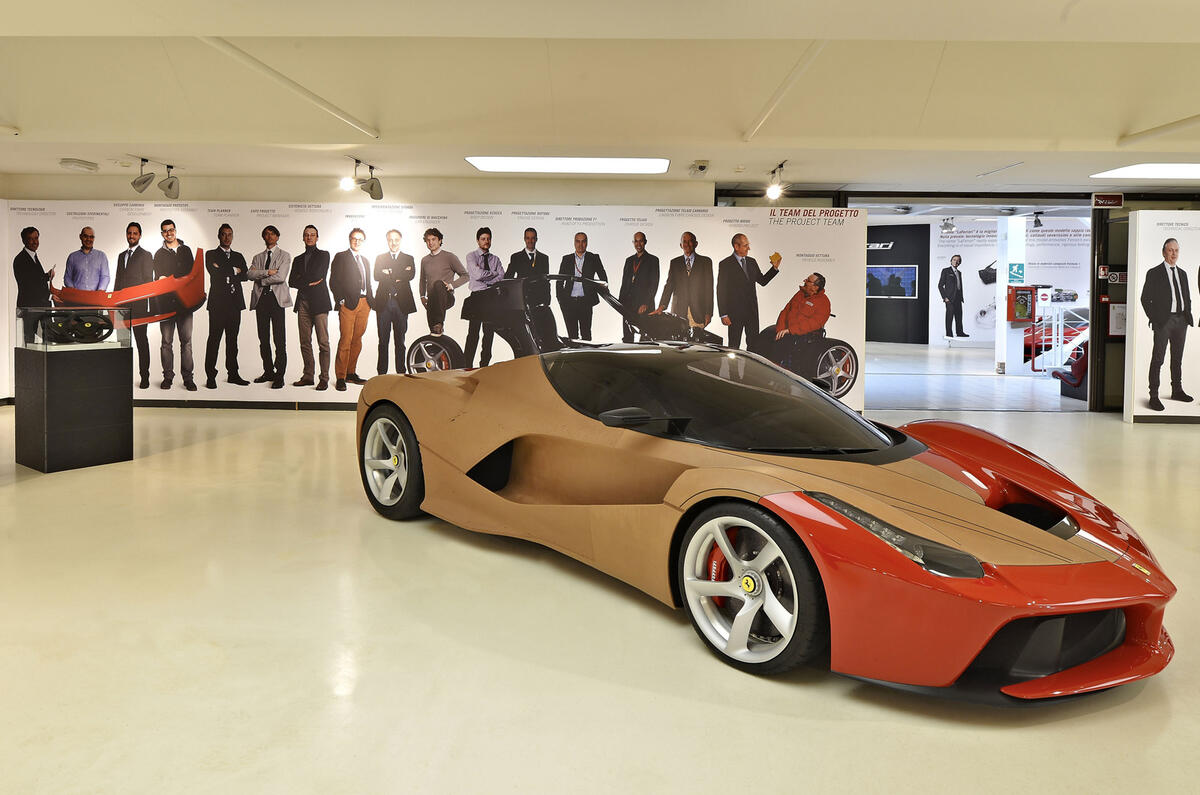
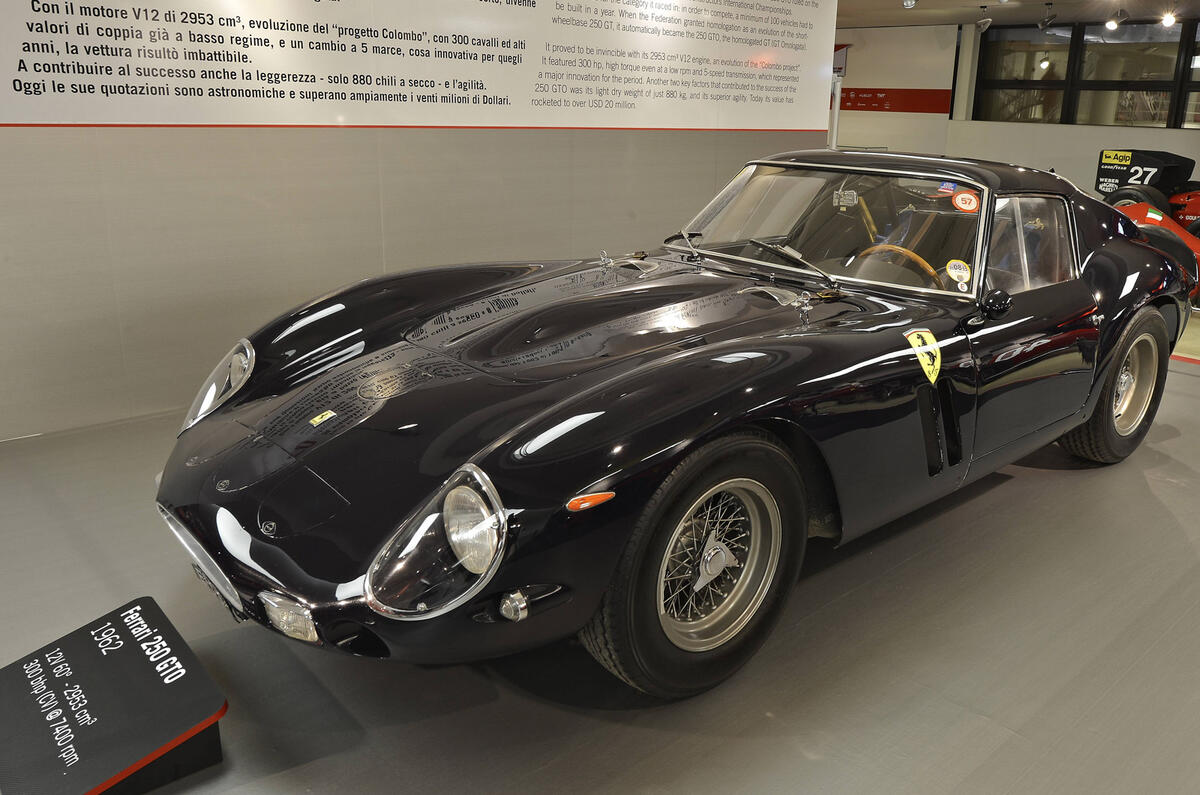

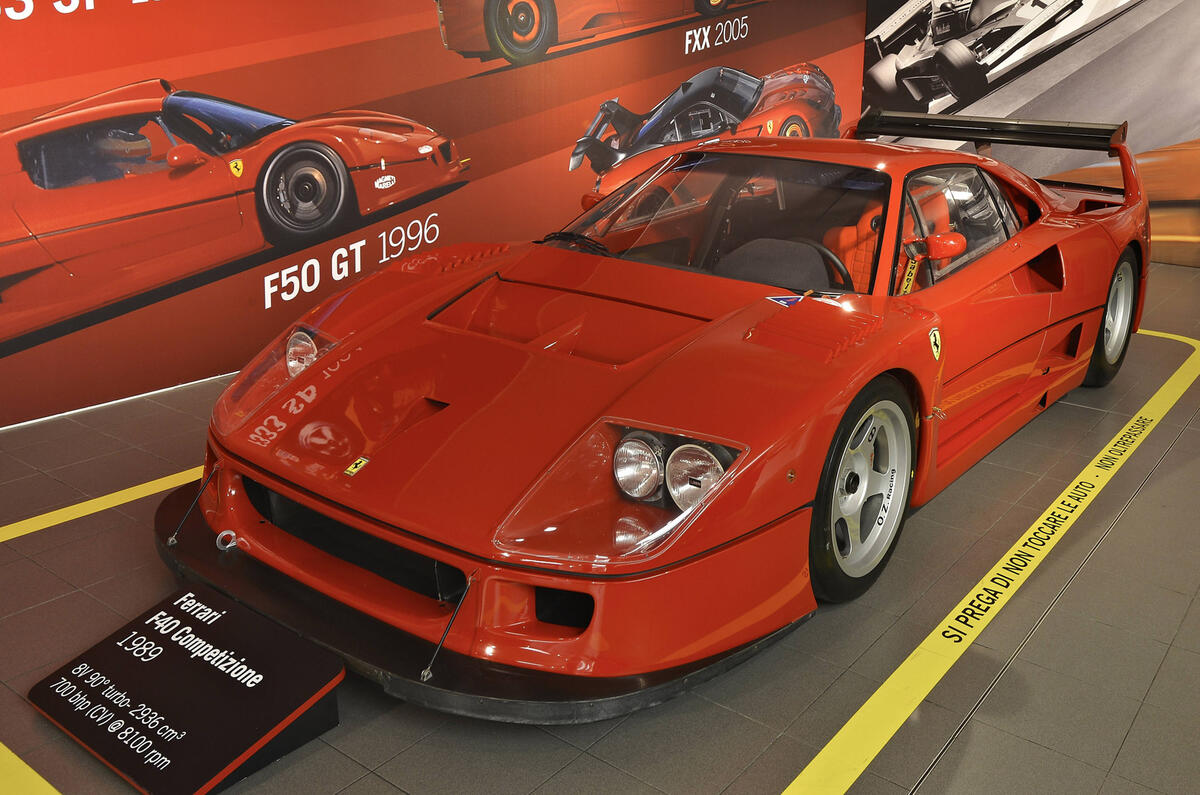
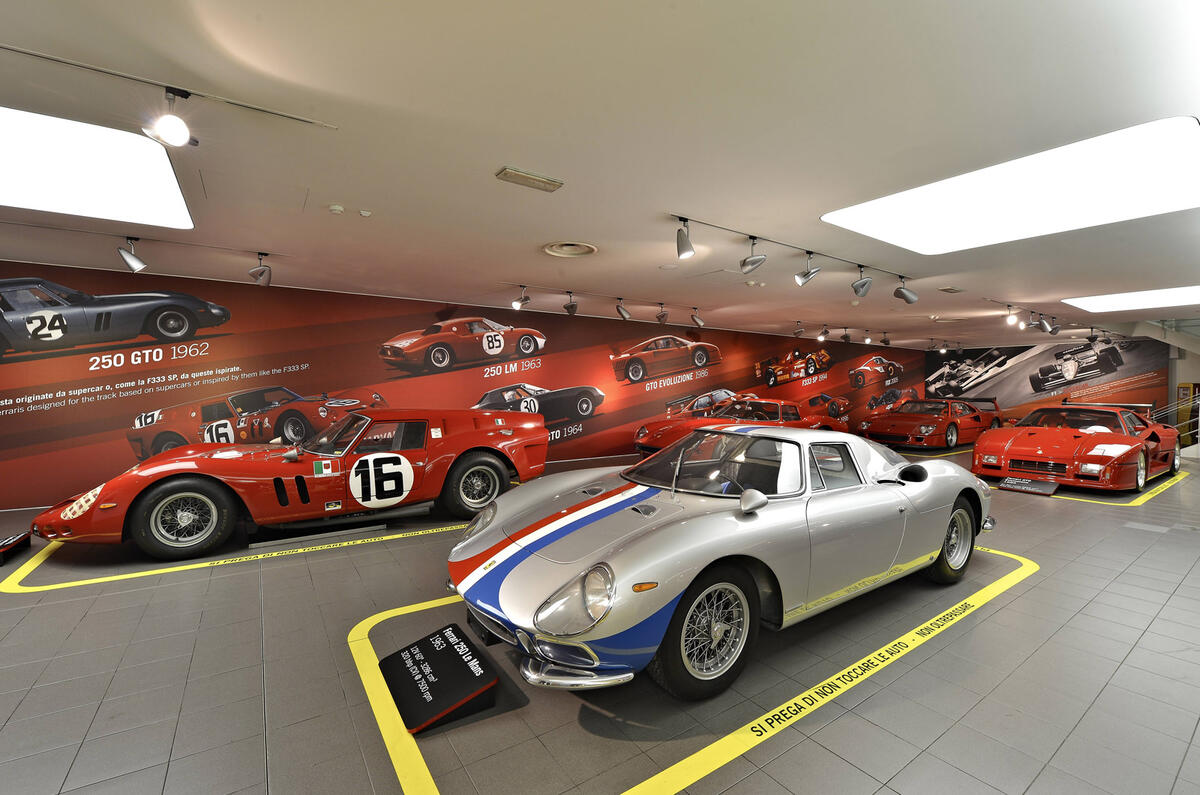
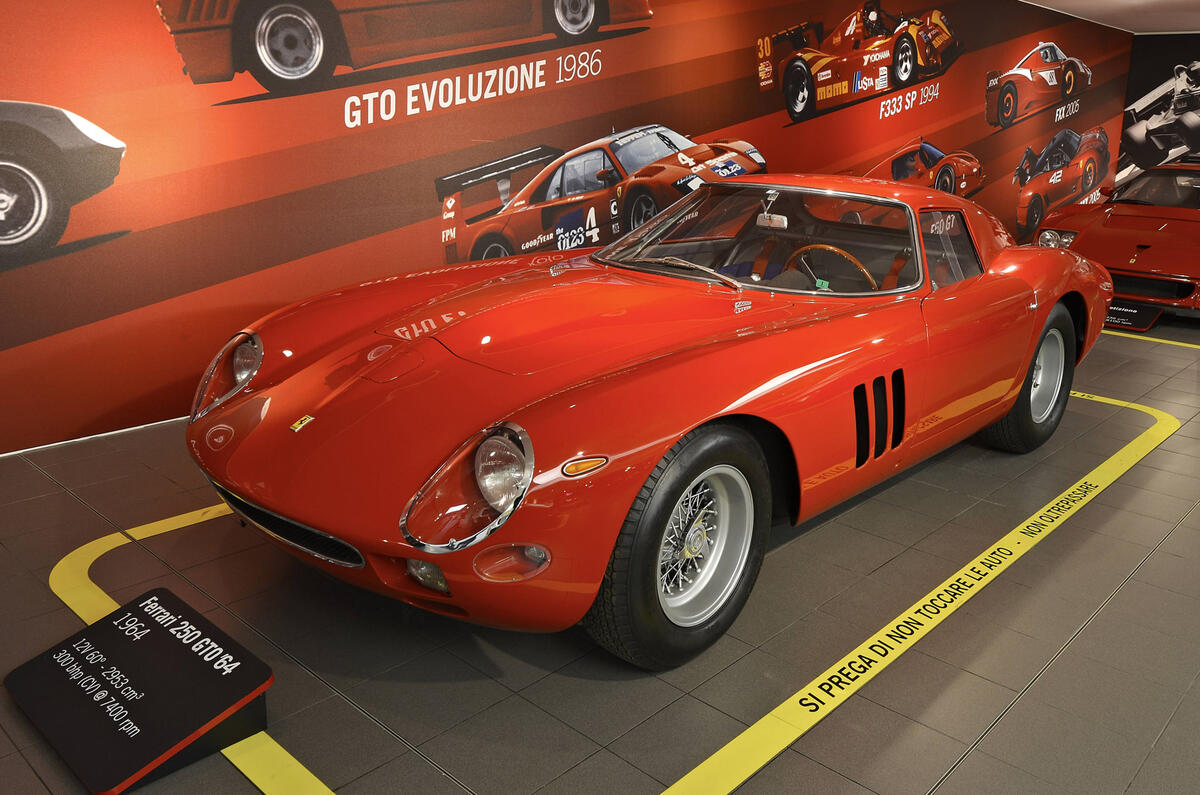


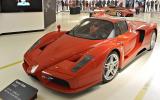

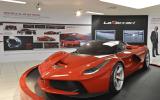
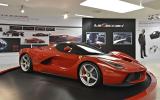

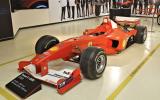
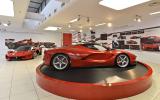









Join the debate
Add your comment
It is a nice collection and
It is a nice collection and thanks for sharing this to us. Would you like to know more about the pets. Click Here for getting more tips and tricks about the pets. Pet lovers will like it.
333SP
Why is/was the 333SP yellow, or more specifically not red?
looks like a stunning collection.
"Today, a 250 GTO is worth in
"Today, a 250 GTO is worth in the region of £13.4 million"
What year was this article written in?
The last 250 GTO sold (chassis No. 3505), went for $35M (@ £22.6M!)